Every road tells a story. Some roads have visible signs of structural distress while others show early signs of fatigue that can grow into costly failures if ignored. The challenge for any road manager is knowing when to act and how to make the most out of limited resources. That’s where pavement condition assessments come in.
Pavement rating systems give agencies the insight they need to stay ahead in road maintenance planning. These tools help you plan proactively rather than reactively, helping you protect budgets while keeping roads safe and reliable for the communities that depend on them.
The Power Behind the Numbers
Ratings that assess pavement conditions aren’t just technical scores. They can be used as a decision-making tool to help agencies plan smarter by identifying which roads need to be prioritized in maintenance planning, save lifetime costs through preventative maintenance treatments compared to full reconstruction and improve public safety with well-maintained roads.
Without these ratings, pavement maintenance decisions are made based on traditional, prescriptive “one size fits all” approaches. When the unique conditions of a road are left out of the equation, expensive fixes often follow.
What’s Being Measured?
Pavement ratings are more than a single number. They have the power to be used as a framework for interpreting multiple data points that describe a road’s condition.


Inventory of pavement condition can be done through various tools; the chart below is a quick overview summary of each option. Although there are many techniques, what is most important is to establish a consistent system and centralized database that can be leveraged over time.

Different Rating Scales Explained
Selecting the right rating system depends on your goals, resources, and the level of detail you need:
- The most widely recognized is the Pavement Condition Index (PCI). PCI uses a 0–100 scale to evaluate surface distresses. The lower a road’s score, the greater the need is for treatment. It’s based on ASTM standards and can be assessed manually or through automated surveys with modern scanning technologies. PCI is popular because it provides a clear, standardized snapshot of surface health, making it ideal for network-level planning. However, it does not account for ride quality or structural integrity, which means two roads with the same PCI score could have very different underlying issues.
- PASER (Pavement Surface Evaluation and Rating) is a common system that rates pavement on a 0–10 scale, with 10 representing excellent condition and 0 indicating complete failure. Unlike PCI, PASER relies on visual inspection only, no detailed distress measurements or calculations. This makes PASER faster and easier for agencies with limited resources. The trade-off is less precision; PASER provides a general condition rating rather than one of detailed data. Still, many local agencies use PASER or PCI because both systems support practical, cost-effective pavement management.
- The Pavement Condition Rating (PCR) is a qualitative rating conducted through visual inspections of pavement conditions. This makes PCR valuable for agencies with limited time or resources, while offering a more user-focused perspective on road conditions. However, this method leads to increased subjectivity and inconsistency due to varied criteria and processes between agencies.
- The International Roughness Index (IRI) is a standardized method of measuring road smoothness. Unlike PCI, which focuses on visible distress, IRI quantifies how a road feels to drive on a road by measuring vertical movement of a standard vehicle over a given distance. This longitudinal profile calculation uses specialized profilers or laser surface testers to produce a value that indicates ride quality, with lower values indicating smoother roads. While highly objective and repeatable, IRI alone doesn’t reveal structural problems or surface distress, so it’s often paired with PCI or other assessment methods for a complete picture.
- The Pavement Quality Index (PQI) may combine multiple factors such as surface distress, ride quality and sometimes deflection or stiffness measurements to provide an overall pavement condition score. While PQI is powerful for long-term asset management and providing a holistic view of performance, it demands more resources and is typically used by agencies with advanced pavement management systems or for necessary project-level analysis.
Why Timing Matters
Evaluating your network every 1–2 years keeps data fresh and ensures you catch potential issues early. Waiting too long can mean missing the window for low-cost preservation. When evaluating tools and processes, be sure to consider how frequently you plan to take inventory of your roads.
Data is Power
No matter which tools are used, gathering and assessing pavement conditions is a smart strategy for protecting investments, improving safety and delivering better roads for the communities that depend on them. Pairing accurate assessments with the right treatments ensures your network is made up of longer-lasting, safer roads.
Not sure where to start? Contact your local Asphalt Materials team to discuss your, discuss your goals and find the best preservation approach for your road network.
For more guidance, explore https://roadresource.org/toolbox/criteria to match ratings with recommended treatments.

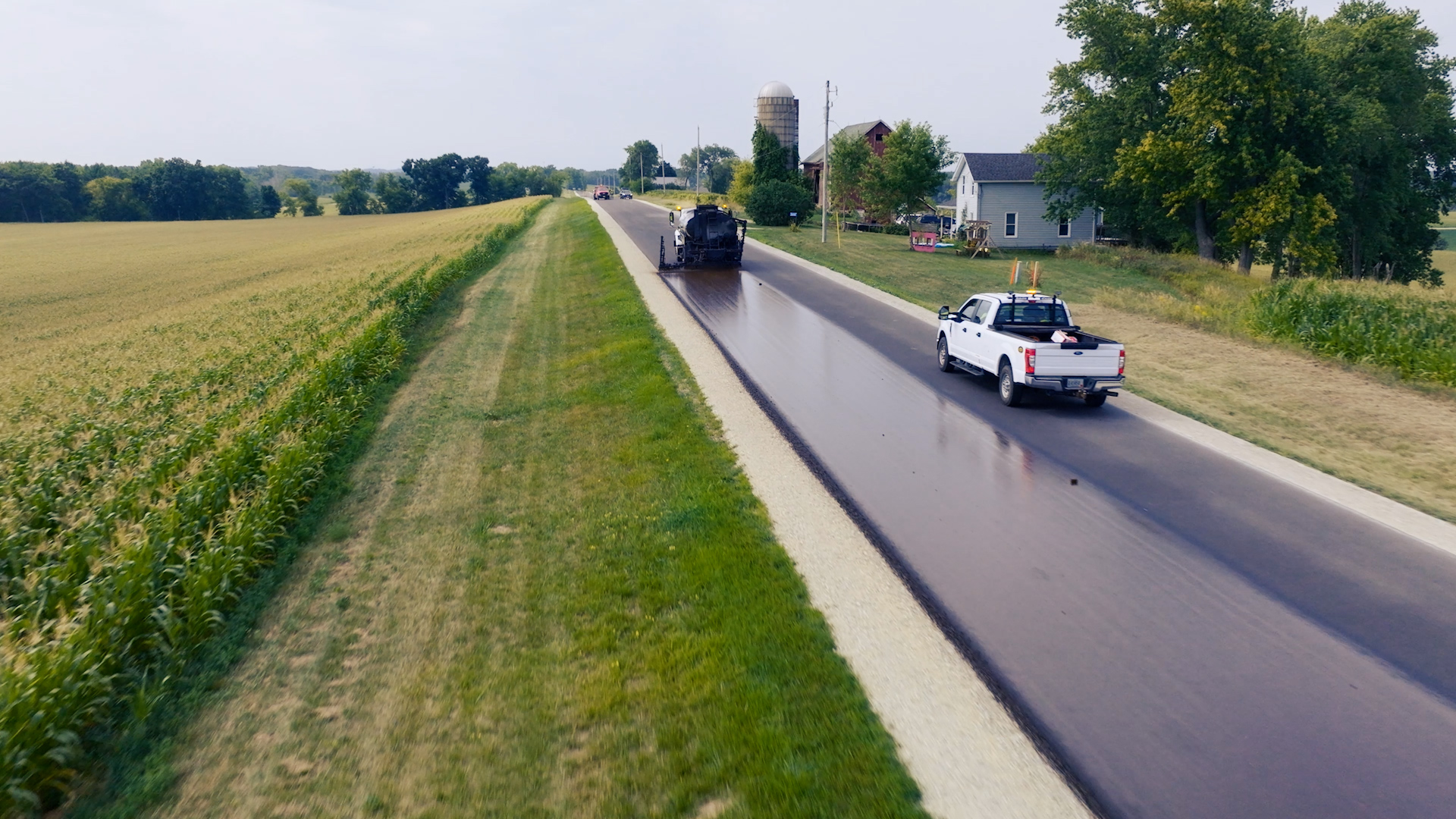




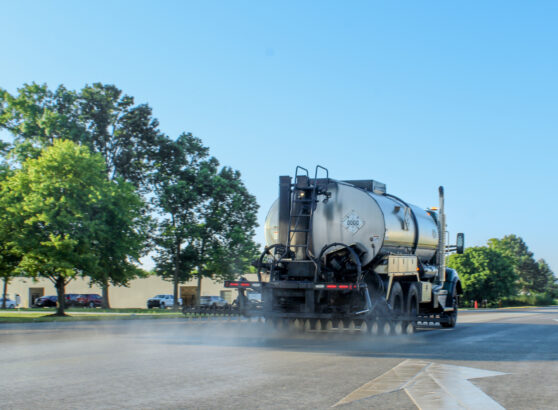


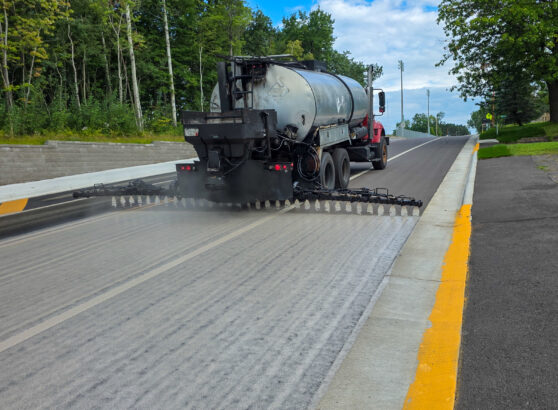

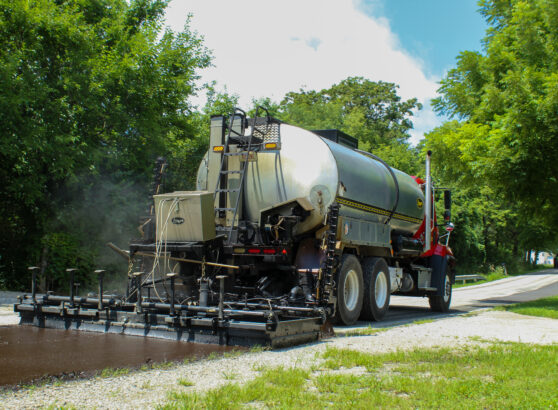


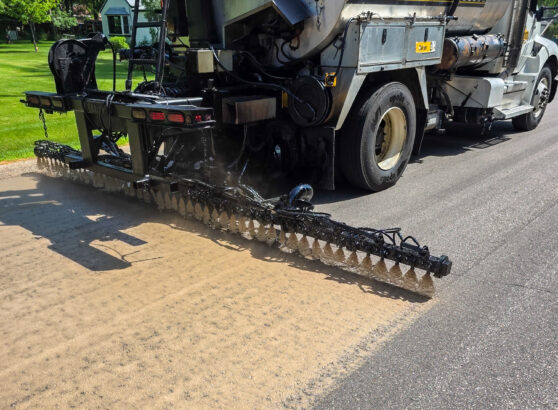

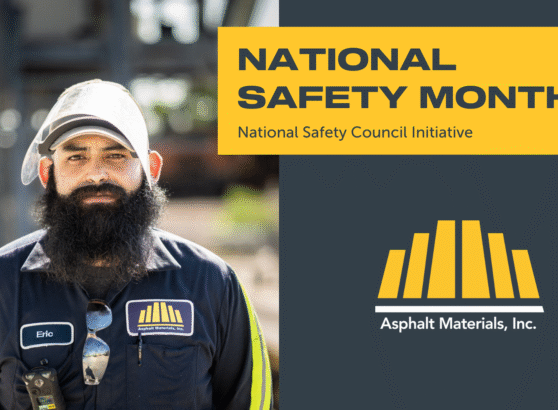


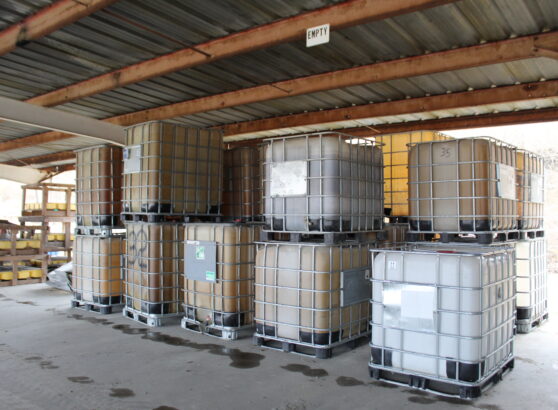







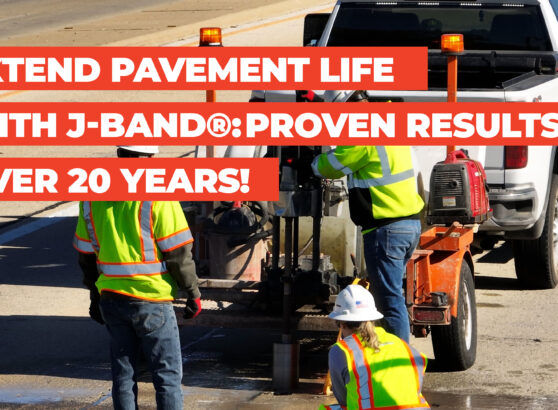

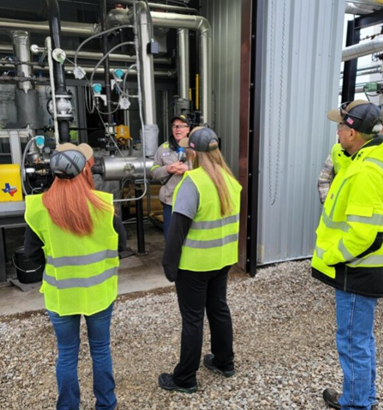















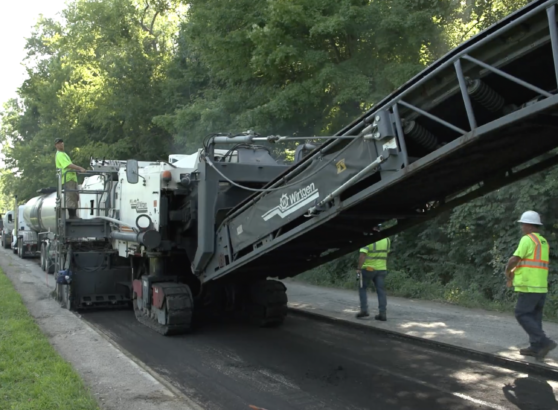










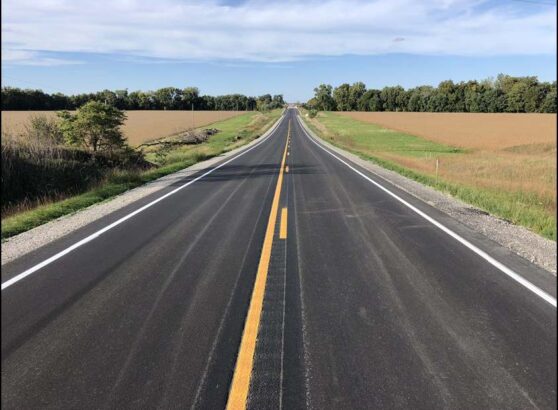









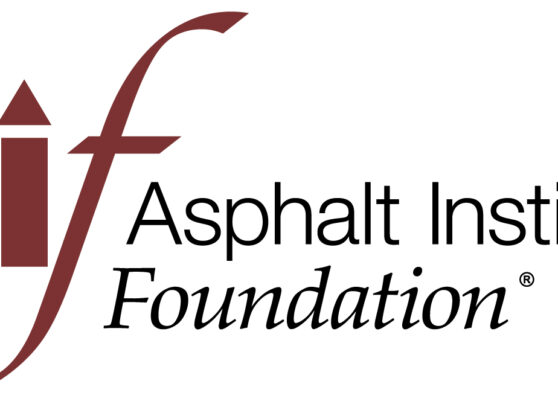












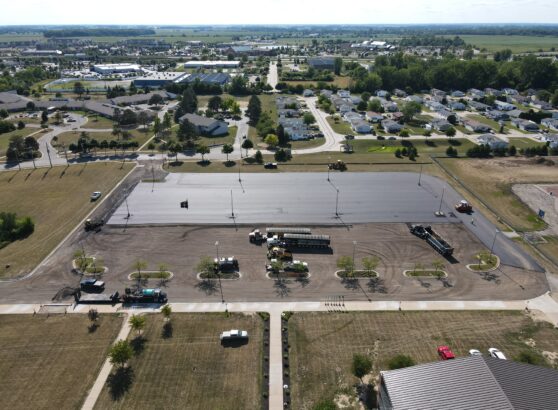








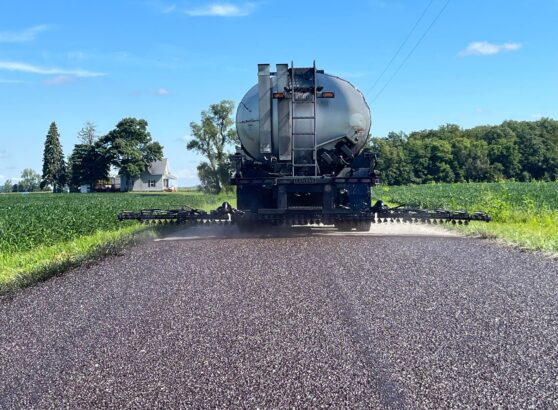




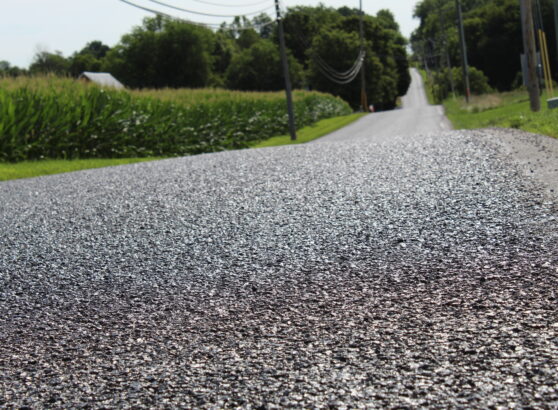
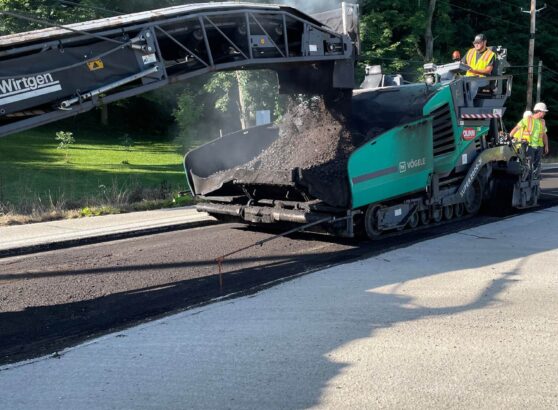


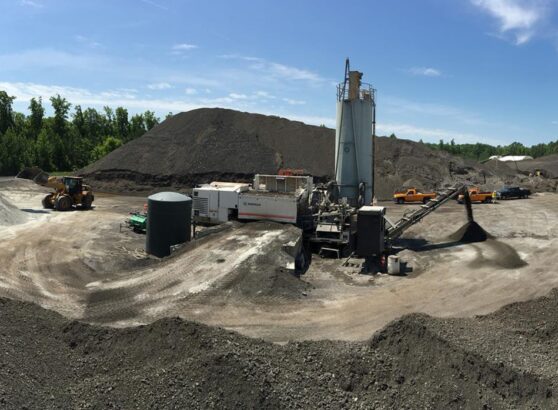






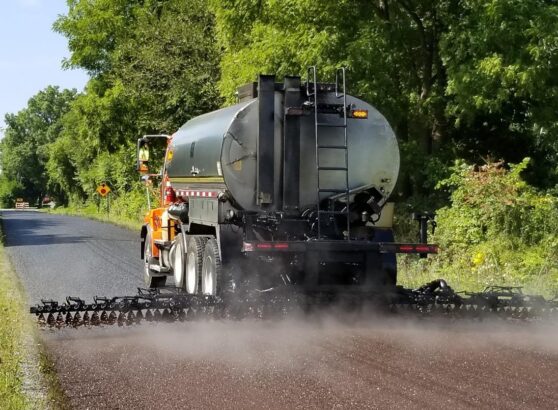

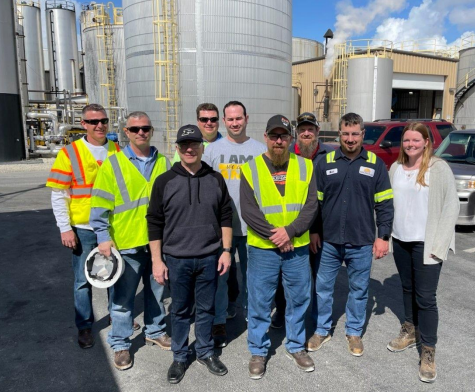

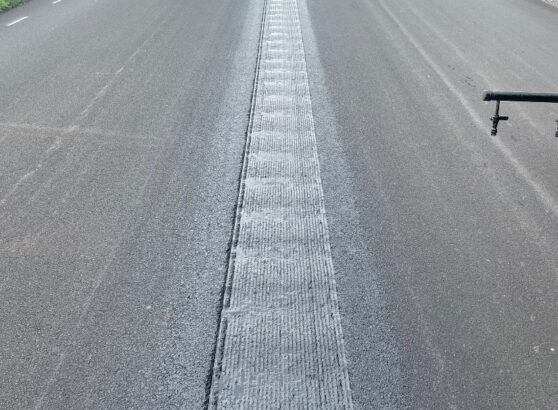
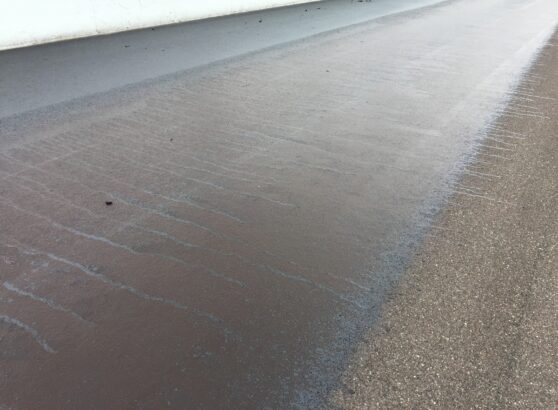




















Recent Comments